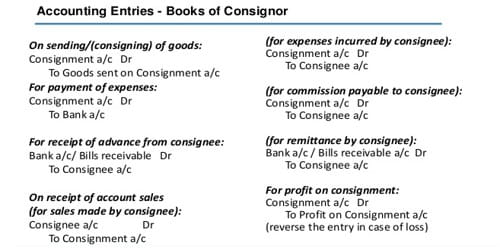Overhead refers to ongoing business expenses that are not directly related to the creation of a product or service. Other indirect expenses may be incurred in the process of producing or providing services, in addition to prime costs; such expenses are denoted by a broad term, i.e. overhead expenses. It is necessary not only for budgeting but also for determining how much a company must charge for its products or services in order to make a profit. Overheads or supplementary costs are all the indirect expenses incurred in order to bring the goods to a saleable condition. Overhead is defined as any expense incurred to support the business that is not directly related to a specific product or service.
Types of Overheads
There are three main types of overhead that businesses incur. The overhead expenses vary depending on the nature of the business and the industry it operates in.
- Fixed overheads – Fixed overheads are costs that remain constant month after month and do not change as business activity levels change. Salary, rent, property taxes, asset depreciation, and government licenses are examples of fixed overheads.
- Variable overheads – Variable overheads are expenses that vary with business activity levels and can increase or decrease as business activity levels change. When there is a lot of business going on, the expenses go up, but when there isn’t as much going on, the overheads go down or even disappear.
- Semi-variable overheads – Semi-variable overheads have aspects of both fixed and variable costs. A business may incur such costs at any time, though the exact cost will vary depending on the level of business activity.
Some examples of overhead costs are: Rent, Utilities, Insurance, Office Supplies, Travel, Advertising expenses, Accounting, and legal expenses, Salaries and wages, Depreciation, Government fees and licenses, Property taxes, etc.
Calculating overhead costs is important not only for budgeting but also for determining how much a company should charge for a service or product in order to make a profit. For example, if you own a service-based business, you will incur overhead costs such as rent, utilities, and insurance in addition to the direct costs of providing the service.
To calculate business overhead costs, you must categorize each overhead expense for a specific time period, typically by breaking them down by month. While all indirect costs are overheads, you must exercise caution when categorizing these expenses. Most businesses, for example, classify legal expenses as overhead costs. However, if you own a law firm, these costs directly contribute to the production and thus are included in your direct costs.
Overheads are considered indirect costs. Indirect costs cannot be assigned to a specific unit. These costs are incurred for a variety of units and thus cannot be assigned to a cost unit. Indirect costs are those that cannot be assigned to a specific cost unit but are generally allocated to or absorbed by cost units on a reasonable basis. Overhead is also referred to as “on cost, burden, or load.”
















